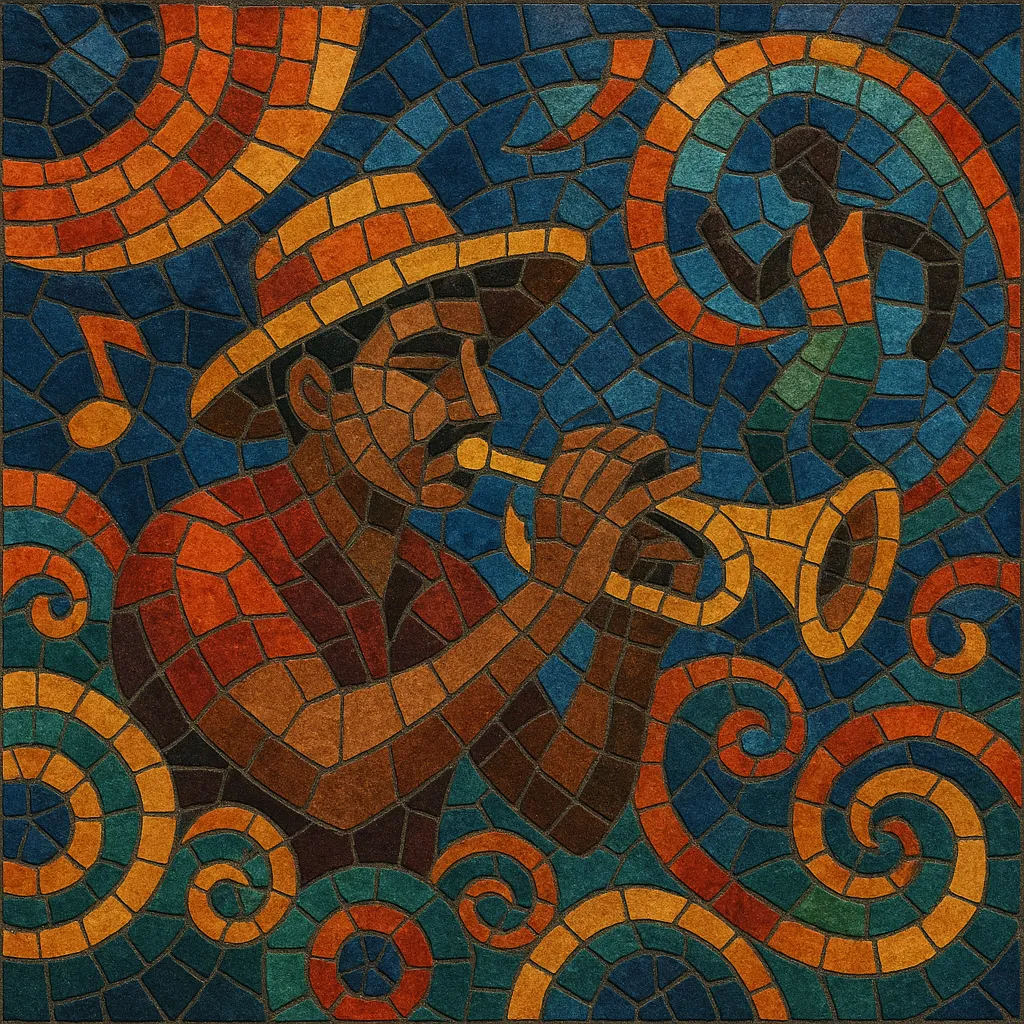Guaracha EDM is a Colombian-born strain of four-on-the-floor electronic dance music that fuses big-room energy with hooky, folkloric Latin riffs. Its hallmark sound is a driving 4/4 kick at club tempo, stacked with syncopated toms and hand percussion, while short, catchy trumpet- or accordion-like leads deliver the melodic hook.
Unlike classic house or techno, the genre leans heavily on Latin rhythmic vocabulary and party chants in Spanish, often chopping, pitching, or formant-shifting vocals into percussive call‑and‑response motifs. The result is a high-adrenaline, festival-ready style designed for “zapateo” dance floors and peak-time drops.
Colombia’s club scenes—especially in Medellín and other Andean cities—saw local DJs and producers adapt house/EDM frameworks to the pulse of street parties and Latin folk-pop. They emphasized stomping four-on-the-floor kicks (for the “zapateo” dance), bright trumpet/accordion-like synth hooks, and Spanish crowd chants. Early uploads and bootleg remixes circulated on YouTube and social media, quickly forming a recognizable sound that locals called “guaracha.”
The style crystallized as “Guaracha EDM” through high-energy singles and unofficial edits that blew up at neighborhood parties and online. Tracks like Dayvi & Victor Cárdenas’s “Baila Conmigo” (with Kelly Ruiz) pushed the sound beyond Colombia, showcasing its big-room structure, Latin hooks, and DJ-friendly arrangements. A wave of Colombian DJs (and a few high-profile pop/urbano collaborations) cemented the genre’s identity across Latin America and diaspora club circuits.
In the early 2020s, guaracha’s drop formula and festive energy began informing urbano latino singles and remixes. Collaborations between guaracha producers and reggaetón/pop artists amplified the sound on streaming platforms and radio. Festival DJs outside Colombia started folding guaracha drops into peak-time sets, while local scenes continued to evolve the percussion patterns, vocal chops, and brass/accordion timbres. Today, Guaracha EDM thrives as a proudly Colombian club sound that speaks fluently to global EDM audiences.


